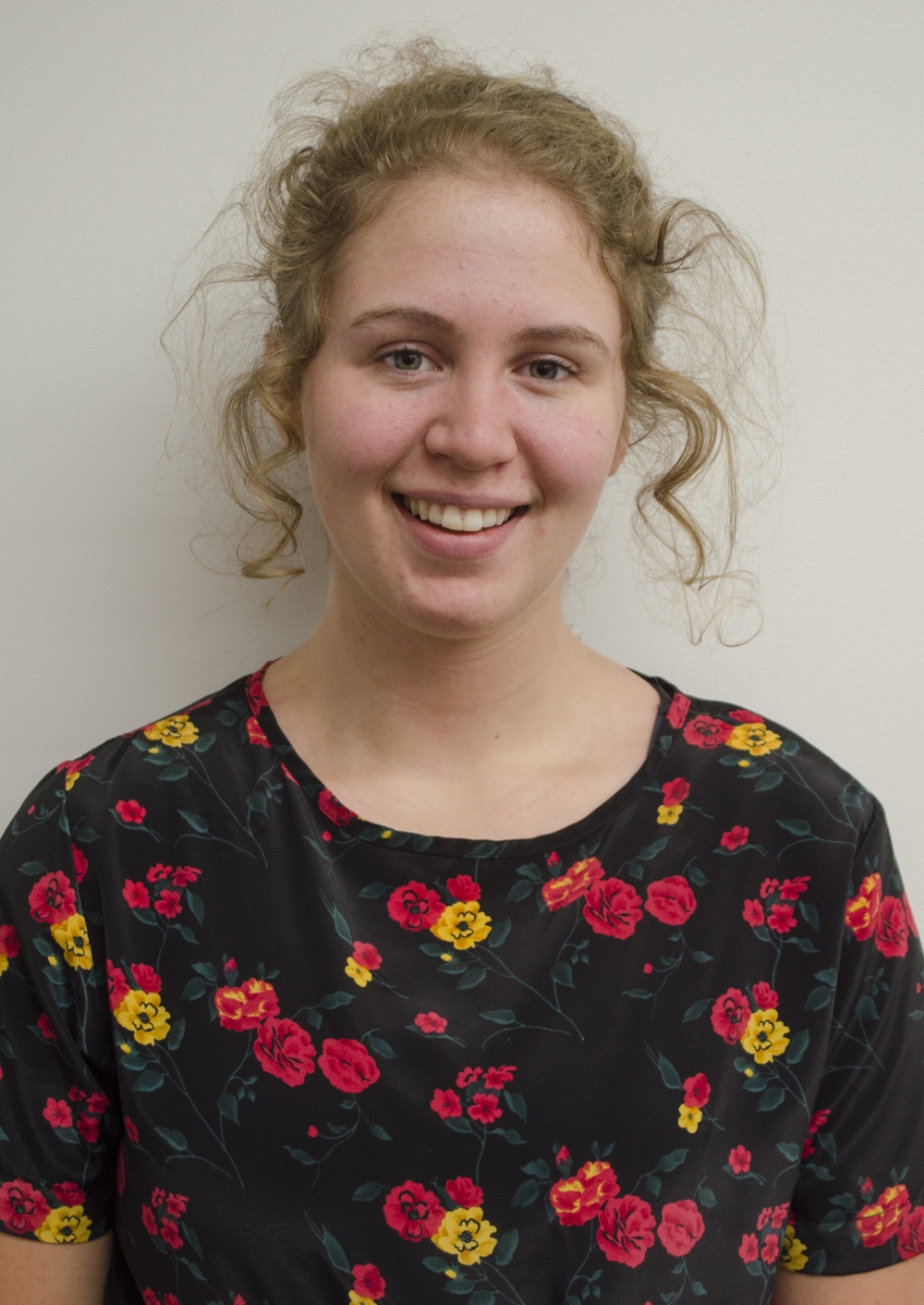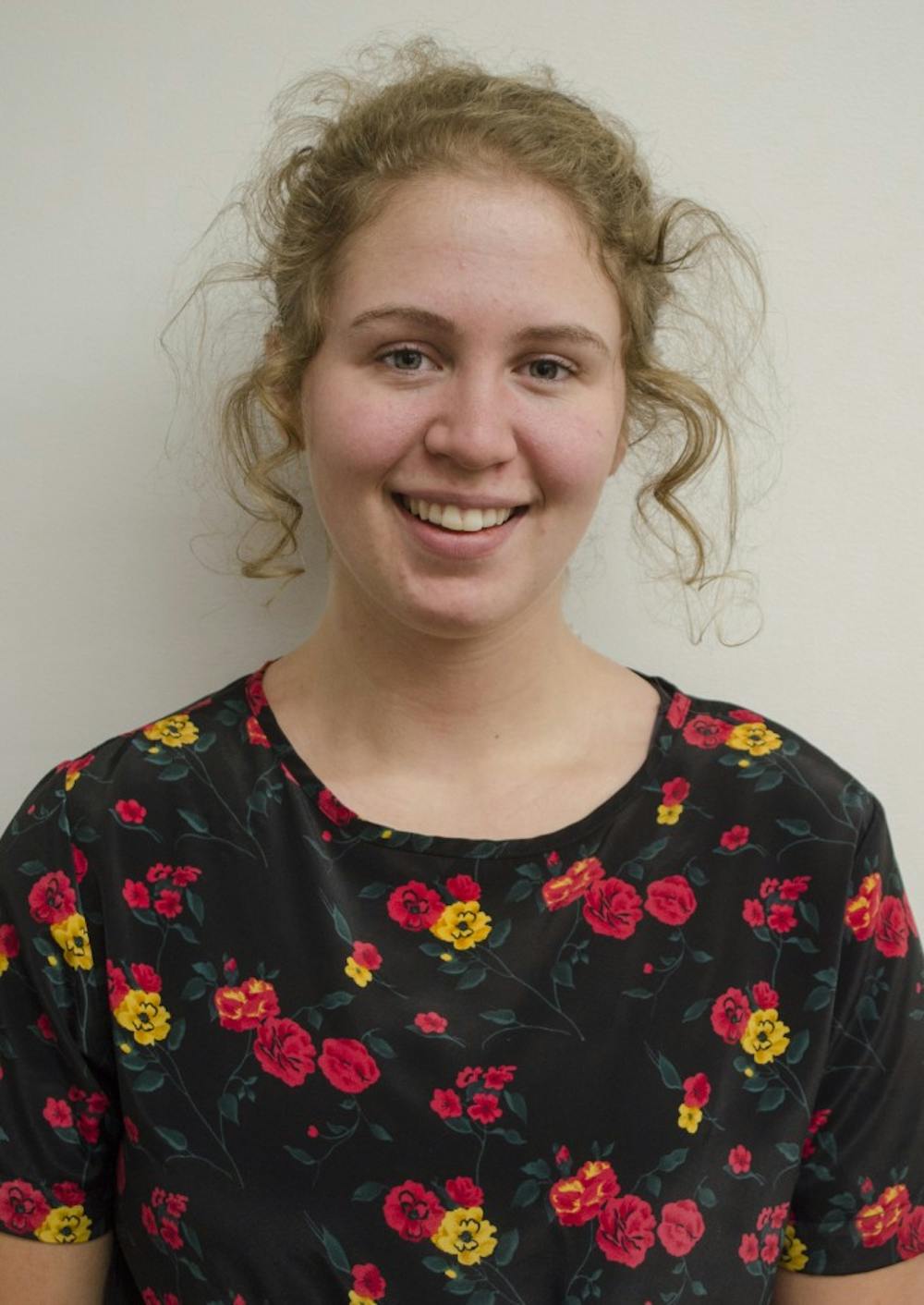Hannah Schneider is a junior communications major and creative writing minor and writes 'Schneid Comments' for the Daily News. Her views do not necessarily agree with those of the newspaper. Write to Hannah at hmschneider@bsu.edu.
Let’s talk about SAD. This is something I was very afraid to write. I still am, to be honest. However, it is something we must discuss.
We’re approaching the hardest month of the year for me: February. It has infamously loomed in the foreground of my mind as soon as the leaves started to change in the fall.
I struggle with seasonal affective disorder. This year, I am doing really well because I have actively sought to prepare myself for the challenge that is winter. However, winters prior to this have not been so successful. The truth is, I am far from alone in this struggle. Winter is hard! It sucks! Especially if you are a Midwestern college student who has to walk to class. The problem is not just character-building, nose-biting cold and snow, it can also be a problem that we cannot see.
For years, I didn’t know that this problem was valid. I thought I was just particularly opposed to the Midwestern torrential frigidity. Prolonged lack of treatment is not only painful and isolating, it is also dangerous. Hurting is hard, and it only gets worse the more we fold in on ourselves, feeling increasingly alone and muted.
The good news is that SAD and depression in general are highly treatable, and there are many options available.
Let’s take a second to look at the facts:
- According to Mental Health America, Psychology Today and Depression and Bipolar Support Alliance, seasonal affective disorder is a type of depression that follows the seasons.
- People with existing depression can have worsened symptoms during colder, darker months.
- This disorder is estimated to affect 10 million Americans, becoming more common the older people get.
- SAD is a form of depression.
- It affects 8 percent of the population, and women are twice as likely to experience depression as men.
- Depression can be caused by biology and social situations, as well as numerous other factors.
- Untreated depression can weaken the body’s cardiovascular and immune systems and affect one’s ability to cope with stress.
The most startling statistic I found is that suicide is the second leading cause of death on college campuses, second only to accidents.
Unfortunately, a lot of the problem that shrouds mental illness is isolation and social stigma. Acceptance goes further than any other form of social support because empathy is the most validating human connection. If you have a friend with this disorder, you don’t have to fully understand their struggle to be supportive, kind and patient. Treat this with the respect that any other form of sickness receives. Someone is not going to get better from responses like, “Just be more positive!” and “Look on the bright side!”
I am writing about this because I wish more people I knew had spoken out about it when I felt frozen last year. It was terrible and hard and I felt so alone, but the thing that helped was someone sitting me down and saying, “Hey, this problem that you’re having— I see it, I see you, and you are valid. This is conquerable. Things might be terrible now, and they may stay that way for a while, but it gets better.”
 |
|---|
If you are currently struggling with increased depression, there are resources existing on campus that can be sought. You won't get better overnight. Getting better is challenging. However, it is possible.
The counseling center is available to all students, and it’s free. Patience is required with the counseling center, as they are often overloaded with appointments. The best strategy is to seek an appointment immediately if you start feeling less like yourself.
If you think you have SAD, the relaxation room in Lucina Hall provides light therapy that is proven to help with SAD. Actually, 70 percent of people who were treated with light therapy for 30 minutes a day reported significant improvement.
The health center can also advise students on potential treatments. If you don’t feel strong enough to do this on your own, look to those around you for help. Seek a close friend, an RA or Hall Director or a parent or guardian.
If you have taken steps to seek professional help, the next step is to visit the Jo Ann Gora Student Recreation and Wellness Center and take part in student organizations on campus. They provide possibilities to exercise and socialize, which reinforce healing when existing treatments are also utilized.
Only 6-7 percent of adults that require depression treatment receive it, and Schneid Comments wants to change that number as much as possible.





